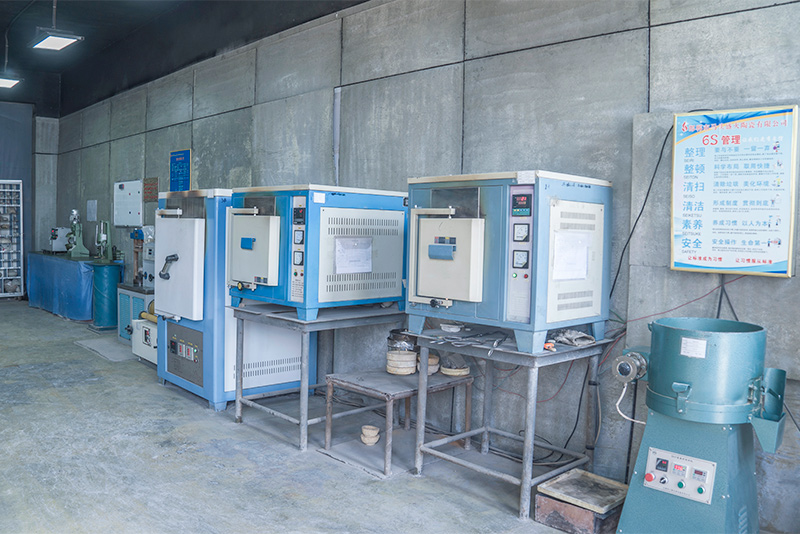Sanding a 3D Print Techniques for a Smooth Finish
3D printing has revolutionized the world of manufacturing and prototyping, providing enthusiasts and professionals alike with the ability to create intricate designs and functional parts from a digital model. However, the finishing process of 3D prints can often be overlooked. One of the most effective techniques for achieving a smooth and professional finish is sanding. In this article, we will explore the importance of sanding, the techniques involved, and tips for getting the best results.
Why Sanding Matters
While 3D printing allows for amazing detail, the layer-by-layer nature of the process often results in visible lines and rough surfaces. Sanding is essential for several reasons it improves aesthetics, enhances functionality, and prepares the surface for painting or other finishing techniques. A well-sanded print can significantly elevate the overall appearance and usability of the final product, making it look more polished and professionally made.
Tools and Materials for Sanding
Before you start sanding, you will need to gather some tools and materials. The most common items include
1. Sandpaper Different grits are used for various stages of sanding. Coarse grit (like 60 or 80) is useful for initial shaping, while medium grit (like 120 to 220) is perfect for smoothing out rough spots. Fine grit (300 and above) is best for achieving a polished finish.
3. Dremel Tool For intricate or hard-to-reach areas, a rotary tool with sanding attachments can speed up the process.
4. Protective Gear Always wear a dust mask and safety goggles when sanding to protect yourself from dust and debris.
sanding a 3d print

Sanding Techniques
1. Initial Sanding Start with a coarse grit sandpaper to remove any significant imperfections and layer lines. Focus on the areas that need the most work, but be cautious not to over-sand, which can lead to losing detail.
2. Progressive Sanding Once the major flaws are addressed, move on to a medium grit. This step helps to further refine the surface and minimize scratches left from the coarse grit. Use a consistent motion to maintain an even surface.
3. Final Sanding Switch to fine grit sandpaper to achieve a smooth finish. This is where the print starts to really shine. Take your time on this step, ensuring that you cover every area evenly.
4. Rounding Edges If the print has sharp edges or corners, consider rounding them off lightly with finer sandpaper. This not only improves the look but can also make the print feel better in hand.
5. Wet Sanding For certain materials, wet sanding can be beneficial. By using water or a lubricant with sandpaper, you reduce dust and can achieve an even smoother finish. This technique can be particularly effective for PLA and other plastics.
Final Touches
After sanding, you may want to clean the print to remove any dust particles. A soft cloth or air compressor can be used for this purpose. If desired, you can then prime and paint the object for a more refined appearance. The process of sanding not only improves the look but can enhance the overall durability and function of the print.
Conclusion
Sanding is an essential step in the finishing process for 3D prints that often goes unnoticed. Through careful selection of tools, techniques, and materials, you can achieve a smooth and professional finish that elevates your project. Embrace the art of sanding, and you’ll find that it transforms your 3D prints into stunning pieces of craftsmanship. Whether you are a hobbyist or a professional, investing time in this process will yield rewarding results.
Post time:ພ.ຈ. . 12, 2024 10:14
Next:3d sand
